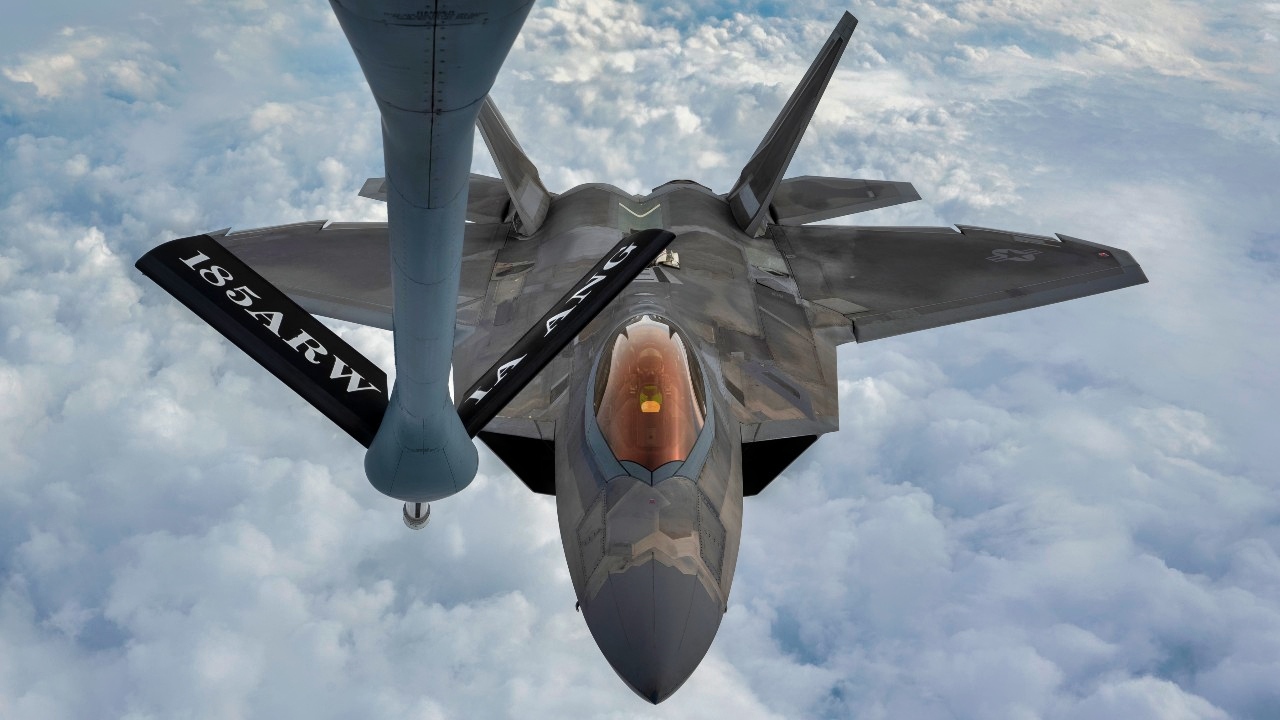The F-22 Raptor's Stealth Shortage Is Unfixable

The F-22 Raptor: A Strategic Asset in a Growing Challenge
The U.S. Air Force’s decision to stop the production of the F-22 Raptor at just 186 units has been widely criticized as a strategic misstep that has left a significant gap in air superiority capabilities. Despite being considered the most advanced air-to-air fighter in the world, the limited number of operational F-22s poses a serious challenge when facing potential adversaries like China and Russia.
Why the F-22 Raptor Stands Out
The F-22 Raptor is a fifth-generation stealth fighter that was the first of its kind to enter service. It combines cutting-edge technology such as stealth capabilities, sensor fusion, and superior maneuverability. Its ability to supercruise—flying at supersonic speeds without afterburners—gives it a distinct advantage in combat scenarios. Additionally, the aircraft's thrust vectoring system allows for impressive acrobatics and high-angle-of-attack maneuvers during dogfights, making it one of the most formidable fighters in the world.
Its radar cross-section is significantly smaller than that of other modern fighters, including the F-35 and China's J-20. This makes the F-22 nearly invisible to enemy radar systems, giving it a critical edge in aerial engagements.
The Problem of Limited Numbers
Despite its capabilities, the F-22 fleet is relatively small, with only about 150 combat-ready jets. This shortage raises concerns about the United States' ability to maintain air superiority in a conflict with near-peer adversaries. The original plan was to build 750 units, but production ceased due to the end of the Cold War and shifting strategic priorities. This decision has led to long-term consequences, as the current fleet is not sufficient to meet the demands of a large-scale war.
Maintaining and upgrading the existing F-22s is also extremely costly. According to some analysts, the budget allocated for upgrades could have purchased hundreds of F-35s instead. This financial burden further limits the Air Force’s ability to replace lost or damaged aircraft during a conflict.
Concerns About Readiness and Availability
A government report highlighted that the F-22 fleet has struggled to meet mission capability and availability goals over the past decade. This inconsistency raises concerns about the readiness of the fleet in a wartime scenario. The Block 20 models, which are used for training, should not be retired without proper planning, as this could negatively impact the overall readiness of the combat-capable fleet.
The Future: Preparing for the Next Generation
While the F-22 remains the gold standard for air superiority, the U.S. Air Force is preparing for the next phase with the development of the F-47 Next Generation Air Dominance Fighter. This new platform is expected to be produced in larger numbers before any potential conflicts with China or Russia arise. However, until the F-47 becomes operational, the Air Force will rely on a mix of F-35s and F-22s.
The F-35, while a versatile multirole fighter, is not designed as a dedicated air superiority fighter like the F-22. This distinction is crucial, especially in a high-intensity conflict where the ability to dominate the skies is essential.
Conclusion
The F-22 Raptor is still the best air superiority fighter in the world, but its limited numbers and high maintenance costs present a real challenge for the U.S. military. As global competitors continue to expand their air forces, the need for a larger and more sustainable fleet of advanced fighters becomes increasingly urgent. The strategic decision to halt F-22 production has had lasting implications, and the path forward requires careful planning and investment to ensure continued dominance in the skies.
Post a Comment for "The F-22 Raptor's Stealth Shortage Is Unfixable"
Post a Comment